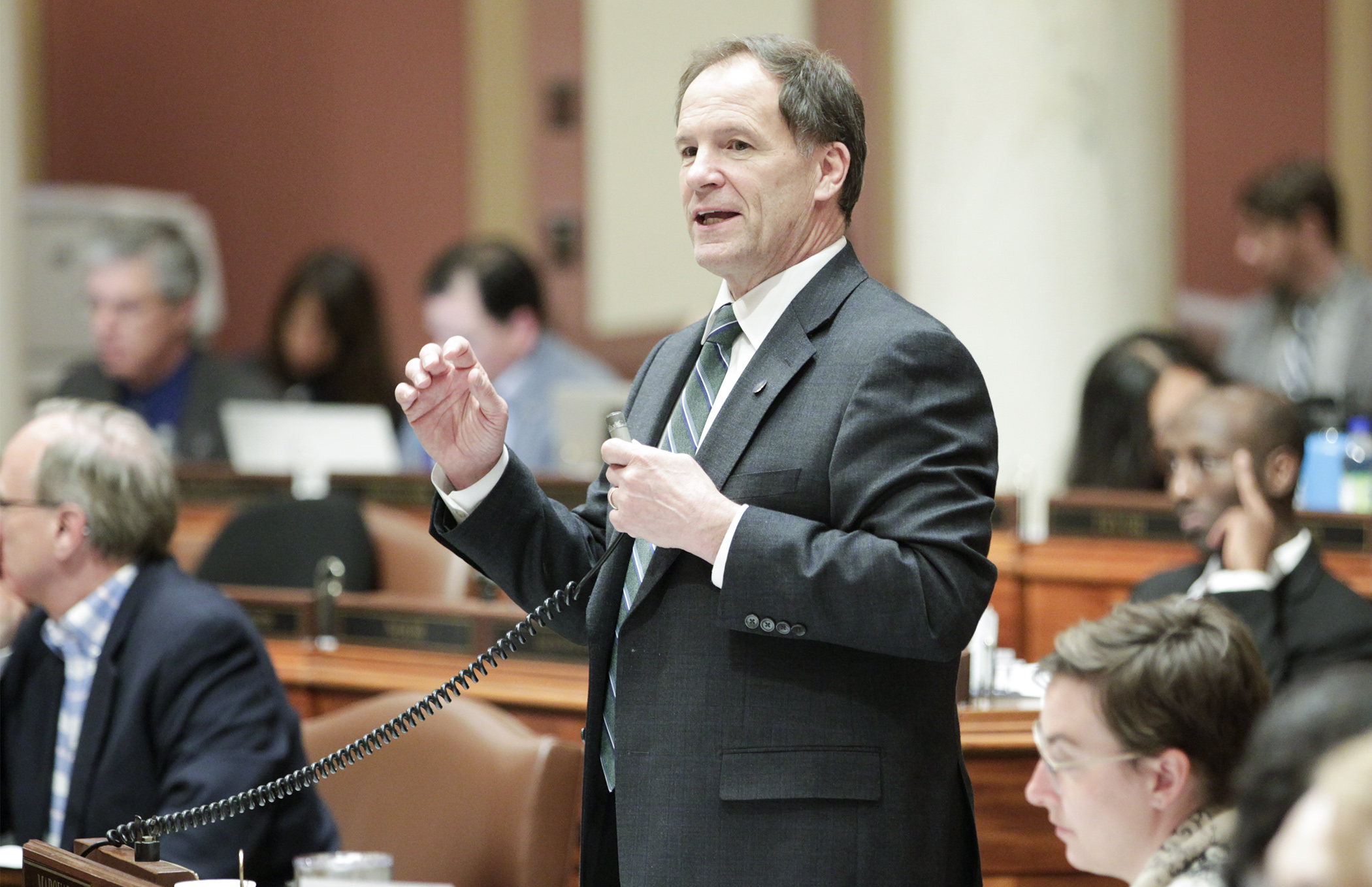The tax bill cometh – and the governor will need to act on it

Yes, but how are you going to pay for it? That question gets asked whenever anyone suggests something new the government should do.
Well, the House went a long way toward explaining how all of this year’s bills will be funded when it passed the omnibus tax bill 74-54 early Saturday. The bill, sponsored by Rep. Paul Marquart (DFL-Dilworth) and Sen. Roger Chamberlain (R-Lino Lakes), was later passed 52-15 by the Senate with little discussion.
“This tax bill provides significant tax cuts for hard working Minnesotans who struggle to raise a family, pick up their prescriptions, pay off student loans, make the property tax payment, or afford the basic necessities that allow them to thrive,” Marquart said in a statement. “This bipartisan compromise creates a fairer tax system that invests in families, seniors, farmers, and small businesses.”
The bill would make several changes to tax policy, pulling the state into almost full conformity with the federal Tax Cuts and Jobs Act signed into law in late 2017. It would change the starting point for calculating individual income taxes from federal taxable income to federal adjusted gross income. It would also double the standard deduction, which the Department of Revenue estimates will inspire 92.5 percent of Minnesota filers to take the standard deduction.
Also in the bill is a reduction of the second tier income tax rate from 7.05 percent to 6.8 percent, making it the first income tax rate cut in the state since 2000. The second tier refers to incomes of individuals making between $26,521 and $87,110, and married couples filing jointly who make between $38,771 and $154,020.
It would also increase the Social Security subtraction. The Working Family Tax Credit would become more widely available. And, with credits, the income level at which filers would pay no income tax would rise to $32,900, the third-highest “zero tax” level in the country.
[MORE: View the spreadsheet; bill summary]
The 2 percent health care provider tax was set to expire at the end of this year, but the bill would renew it indefinitely at a lower rate of 1.8 percent. The tax helps fund medical assistance programs, including MinnesotaCare, for those with lower incomes.
The statewide commercial-industrial property tax levy would be reduced under the bill. And it includes increases in Local Government Aid and County Program Aid, as well as gives the green light to several local option sales, lodging, food and beverage taxes approved by voters in referendums.
Related Articles
Search Session Daily
Advanced Search OptionsPriority Dailies
Ways and Means Committee OKs proposed $512 million supplemental budget on party-line vote
By Mike Cook Meeting more needs or fiscal irresponsibility is one way to sum up the differences among the two parties on a supplemental spending package a year after a $72 billion state budg...
Meeting more needs or fiscal irresponsibility is one way to sum up the differences among the two parties on a supplemental spending package a year after a $72 billion state budg...
Minnesota’s projected budget surplus balloons to $3.7 billion, but fiscal pressure still looms
By Rob Hubbard Just as Minnesota has experienced a warmer winter than usual, so has the state’s budget outlook warmed over the past few months.
On Thursday, Minnesota Management and Budget...
Just as Minnesota has experienced a warmer winter than usual, so has the state’s budget outlook warmed over the past few months.
On Thursday, Minnesota Management and Budget...